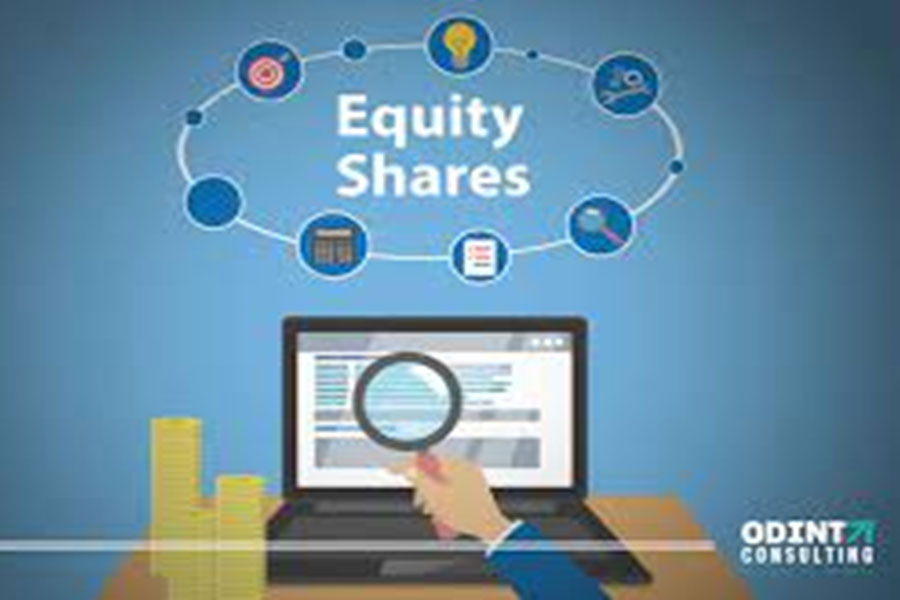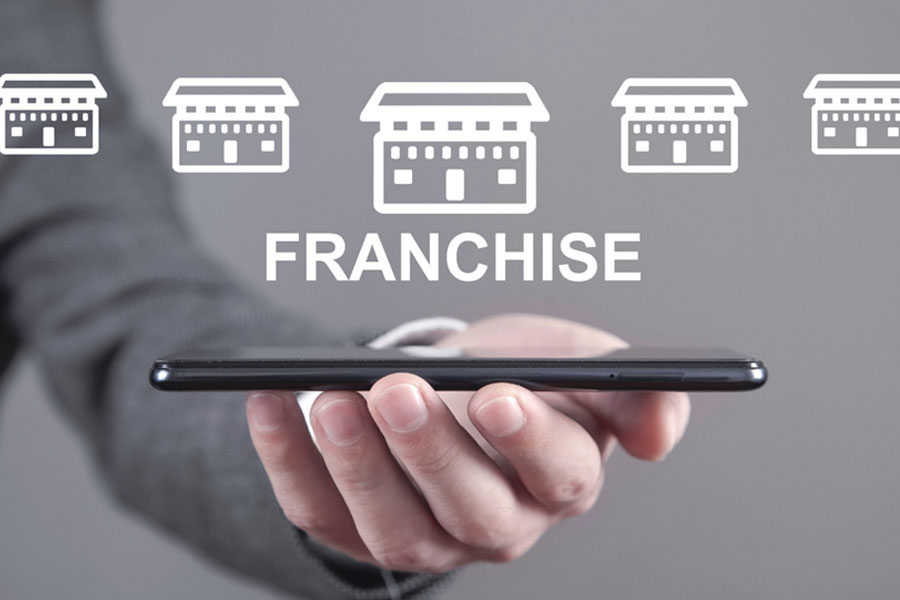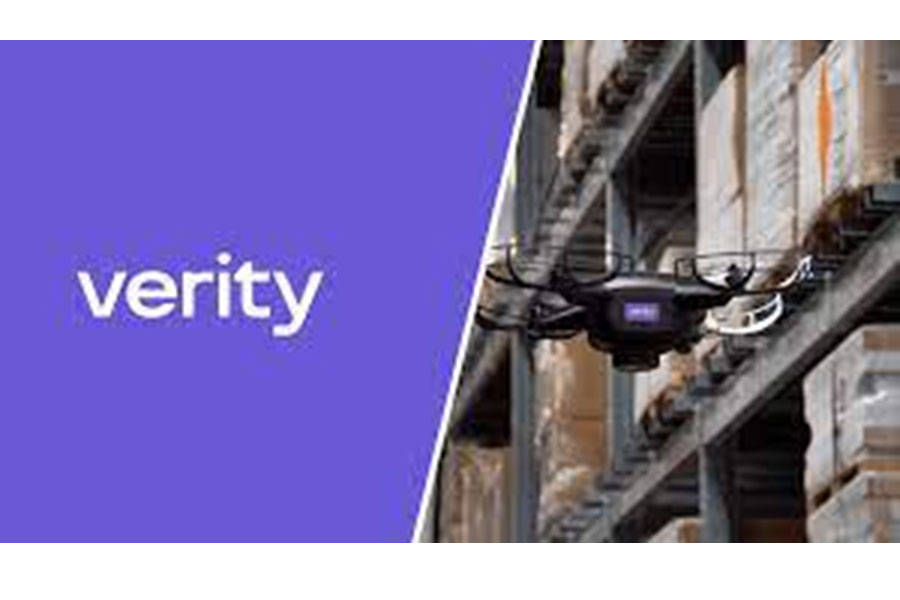
The idea of sharing company equity with employees is calculated to boost employee moral & growth.
Blackstone, a leading private equity firm, is revolutionizing employee compensation by offering equity to 18,000 workers at Copeland Corporation, a climate technology company they acquired from Emerson Electric Co. in 2023. This move includes every employee at Copeland and represents a broader strategy by Blackstone to extend equity-linked bonuses to more of their U.S. private equity investments.
Joe Baratta, Blackstone’s head of private equity, emphasized that attracting top talent is a primary objective, especially in a competitive global market. By providing employees with equity, Blackstone aims to give more people a stake in the company's success, aligning with the American dream of shared prosperity.
The idea of sharing company equity with employees is not new. Employee stock option plans (ESOPs), which offer tax benefits and have been around since Louis Kelso introduced them in 1956, serve as a form of capitalism for the masses, supported by government incentives.
Should Entrepreneurs Consider an ESOP?
For those looking to emulate Blackstone's model, there are several key factors to consider when setting up an ESOP.
- Exits and Liquidity: Employees who own shares will eventually want to sell them. It’s important to plan how they can do this. Will there be a secondary market like those for venture capital-backed companies? Does the company have the potential for an IPO? Ensuring that employees get a fair price for their shares is crucial. One strategy is to set a predetermined price annually, allowing employees to buy and sell at that fixed price.
- Financial Education: Not all employees understand the value of stock. Bob Kierlin of Fastenal offered shares to employees at a discount before the company went public. Some employees who recognized the value bought shares from their colleagues, later reaping significant gains. To avoid such scenarios and ensure fairness, companies should provide financial education alongside equity plans.
- The Silicon Valley Model: Silicon Valley companies are known for offering stock to attract and retain top talent. Employees often hold onto their stock until an IPO, or sell in secondary markets if an IPO takes too long. This model, used by billion-dollar entrepreneurs like Bill Gates, has evolved to accurately reflect the cost of stock options.
- Customized Incentive Plans: Tailoring incentive plans can address some limitations of ESOPs. Glen Taylor of Taylor Corporation and the Minnesota Timberwolves, for example, implemented attractive productivity-based incentive plans for nearly all employees, allowing them to see immediate benefits from their hard work. For managers, he offered profit-sharing plans that provided up to 90% of annual profit growth, motivating continuous improvement.
Final Thoughts: Motivating Employees for Mutual Success
At the heart of successful equity-sharing programs is the understanding that people work primarily for their own and their families’ benefit. Entrepreneurs need to find ways to align this personal motivation with the company’s goals. By offering equity and designing customized incentive plans, companies can inspire employees to work harder and smarter, ultimately increasing the overall value for everyone involved.
Blackstone’s approach with Copeland Corporation exemplifies a forward-thinking strategy that not only attracts top talent but also fosters a culture of shared success. As more companies adopt similar models, the landscape of employee compensation and motivation is likely to see significant positive changes.





